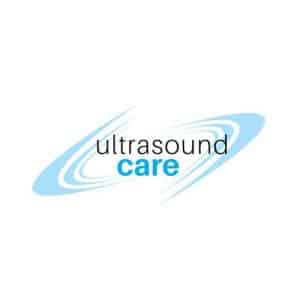Scrotal / Testicular Ultrasound Scan
£110
- 30 minute appointment
- This scan is available to men from the age of 16 years.
Testicular Scan
A testicular ultrasound scan is a diagnostic test that obtains images of the testicles and the surrounding tissues in your scrotum. It is also known as Sonography or scrotal ultrasound scan.
The two testicles are the primary male organs, they produce sperm and the male sex hormone Testosterone, the fleshy pouch underneath your penis is called the scrotum.
Your GP may recommend an ultrasound scan to check the condition and function of the male testicles and scrotum. It can verify whether a lump in your scrotum or testicles is solid or filled (a solid lump can indicate a tumour, one filled with fluid can indicate a cyst) it can also help to identify sources of pain or swelling in your testicles, evaluate for possible testicular torsion, asses the causes of infertility or find the location of an undescended testicle. The scan can show up any changes, abnormal growths and can be used to diagnose cancer or find out if it has spread.
A testicular scan is safe, painless and non- invasive, you may be asked to remove your lower clothing and put a hospital gown on, you will be asked to lie on your back and spread your legs and you will need to lie completely still. It is usually an outpatient procedure performed in the radiology department of a hospital or at your GP’s practice. Typically you will not need any type of sedative or anaesthetic for this procedure.
The actual procedure will usually take between 15-30 minutes and will involve the consultant applying a water-based gel on to your testicles, this gel then allows the transducer or probe to glide over the targeted part of your body, using sweeping motions, it produces high-frequency sound waves to produce images of the organs inside your body. The ultrasound scanner has a microphone that gives off the sound waves. The sound waves bounce off the organs inside your body and a microphone picks them up. The microphone links to a computer that turns the sound waves into a picture.
This is a low-risk procedure, with no radiation exposure; it should be virtually pain-free however you may experience slight discomfort or pain if there is an injury or swelling in the testicular area. Normal and abnormal tissue will transmit different types of echoes. The consultant can interpret the echoes to distinguish between benign conditions like a fluid-based lump and a solid mass that could be a malignant tumour.
Once the procedure is completed the gel will be wiped off and you can get dressed and resume your normal activities. You can eat and drink normally before and after the test. No recovery time is needed.

